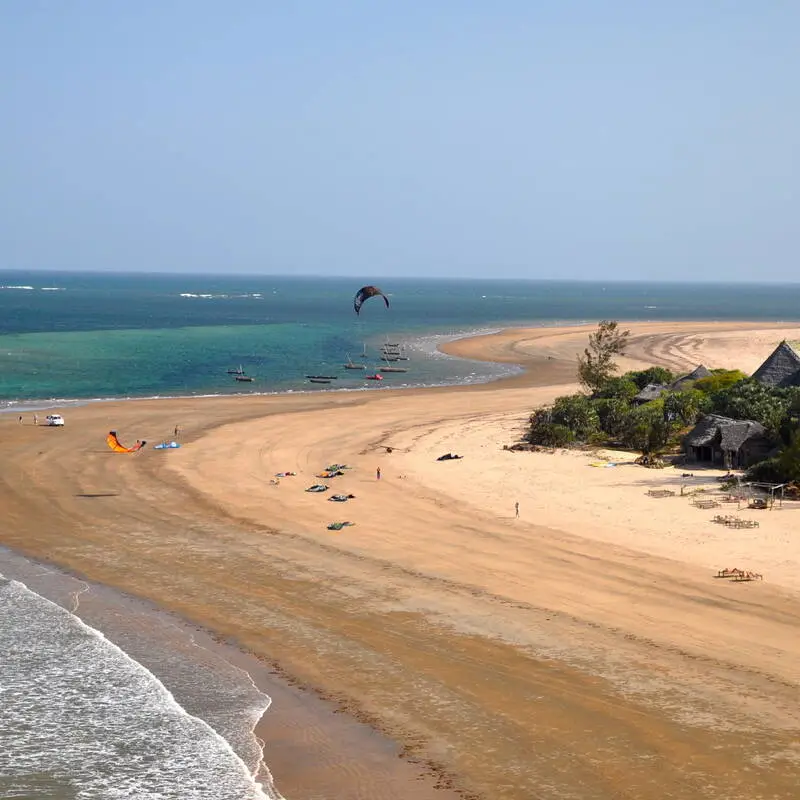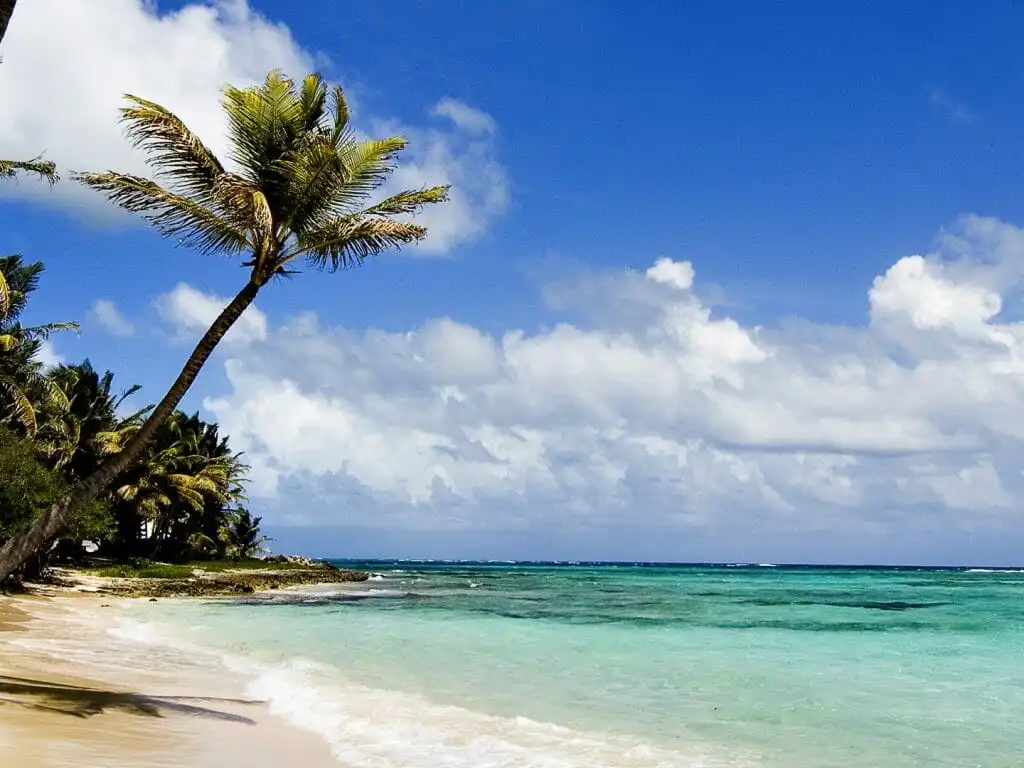It is estimated that rising sea levels will lead to 200 million homes across the globe being submerged underwater in the not-too-distant future. But for some in Kenya, this is already a reality.
Along the shores of the Indian Ocean, Joseph Kashango walks through the ruins of Mwembe lodge where he once worked as the hotel’s manager.
“The story began when the water rose beat by bit, but the destruction began in 2014 when the first building collapsed, then the following two, and so they fell one after the other until the last building of the nine buildings we had and other two-story buildings went down”, Joseph Kashango said.
In the last decade, Kipini, a remote coastal town where the lodge is located, had been growing as a tourist destination for its untouched beaches.

The place is called The Tana Delta. It is where one of Kenya’s longest rivers joins the Indian Ocean. It is beautiful, especially when viewed from the skies.
But parts of Kipini are facing an existential threat. Trees along the one stable shore have been uprooted and washed away. Experts say the coastal erosion could worsen.

“Over the last five years, we have nearly lost more than 50 meters of the land to sea in Kipini”, an official said.
Read Also:Tunisia Launches Plan to Help Women Adapt to Climate Change
Climate change is not an abstract notion for coastal habitats. Omar Bashir is a fisherman. He has seen first-hand the effect of rising seawater.

“And now fresh fish have disappeared. They are dying because they cannot survive in a kind environment. Not so long ago, we could cut lots of fresh fish, but today the situation is bad”, Omar Bashir said.
Read Also:Shrinking Ice Cap on Mt. Kilimanjaro Hinders Tourism
Like in many coastal towns and villages. The people of Kipini are already planning adaptation measures to cope with climate change.

They are planting mangroves and other vegetation to absorb water. They are also asking the local administration of Tana River County to build a sea, hoping they will be in time to stem the rising tides.
About the Author
Lumbasio Holman
Contributor
Digital Copy Editor, Digital Content Writer, Digital Publishing, Creative Writer, Feature Writer, and Blogger.















